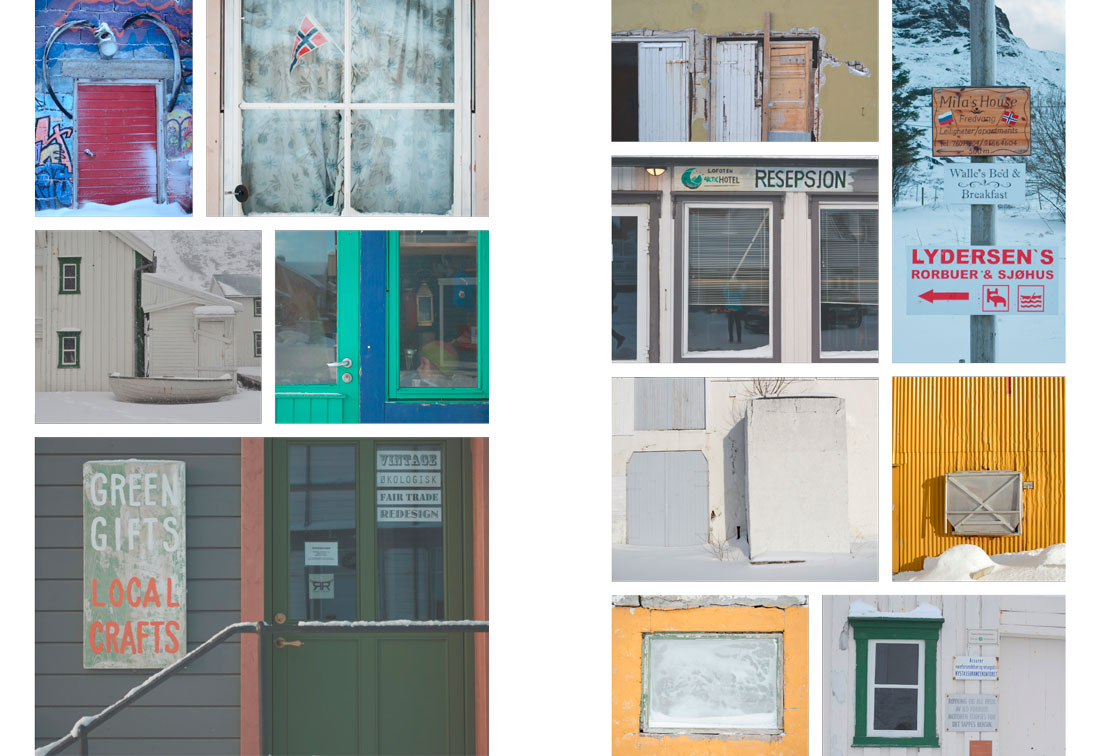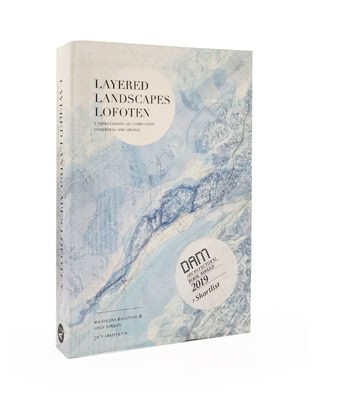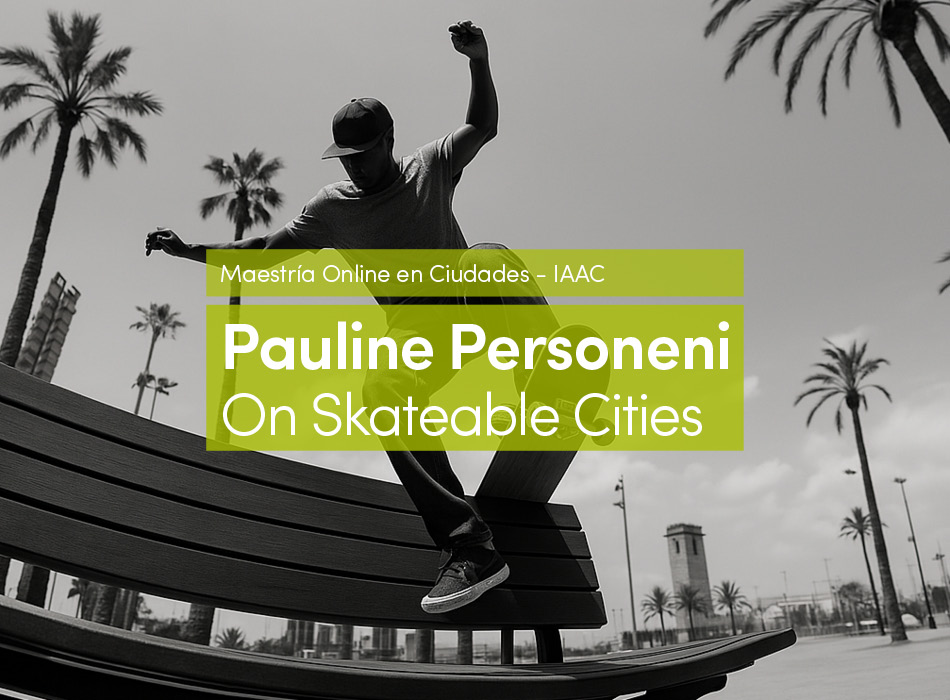Imbrication is a metaphor used by a group of architects and the philosopher Henri Lefebvre, when they participated in an international competition on ‘The New Belgrade Urban Structure Improvement’ 1986 (Bitter & Weber 2009). They did not win the competition, but their project is interesting because the group saw imbrication as a ‘method’ to improve the urban structure. They saw imbrication as a “combinatory mode, the situational placement of different elements” (ibid.: 25), and thus tried to reflect on the constitutive forces for both the static, materialised city and the dynamic forces of city life.
They as such implicate an issue that is still crucial to urban planning: How can a structured city have a dynamic socio-spatial form and landscape? How can urban design work as giving space to events and the (everyday) eventalisation of space and place?
Indicating then, but likely not accepting, the ambition of the project points at the crucial role of vitalism and vitalist forces in shaping the use and significance of urban space (Aspen & Pløger 2015), this short article discusses complexity as a reciprocity of forces making interaction, connectivities, and disruptions.



















